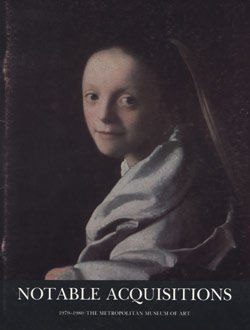Female Figure
Not on view
In the third millennium B.C., inhabitants of Ecuador's southwest coast developed the earliest known ceramic figurine tradition in the Americas. Noted for their stylized representation, these clay statuettes are rooted in earlier stone figurine traditions from the same region. While some of the ceramic figures are relatively plain, consisting of simple grooved plaques reminiscent of their stone predecessors, others, like the one pictured here, display substantially more detail. The figurine, certainly a female, has a red slipped body with rounded breasts and strippling along her lower abdomen. Her hands are clasped beneath her chest and her legs are splayed. As is typical of many Valdivian statuettes at this time, the figure's face is almost completely obscured by an elaborate coiffure that cascades down her back. Found in domestic as well as ceremonial contexts, some scholars have suggested that Valdivian figurines represent fertility figures, although this interpretation remains tenuous.
Due to rights restrictions, this image cannot be enlarged, viewed at full screen, or downloaded.


